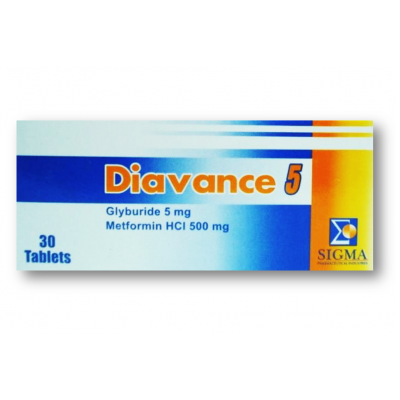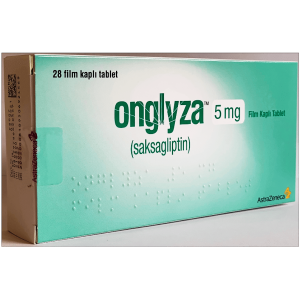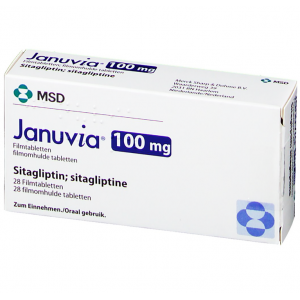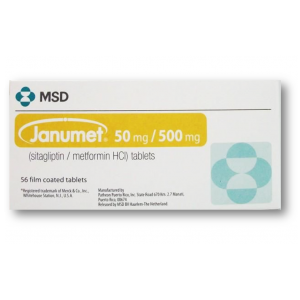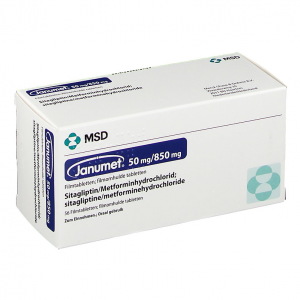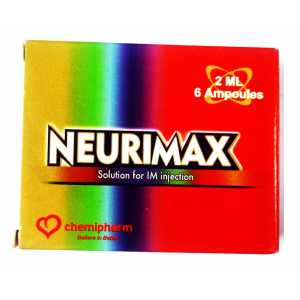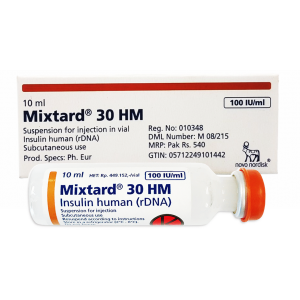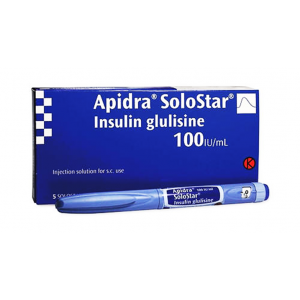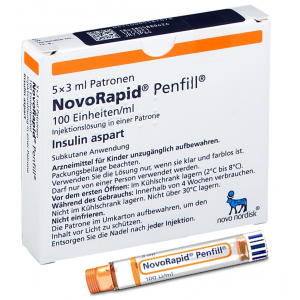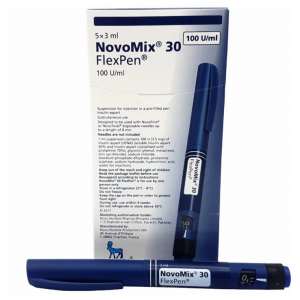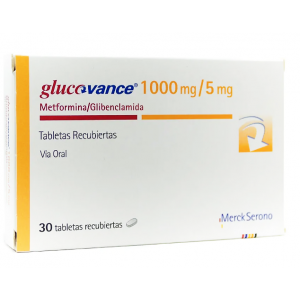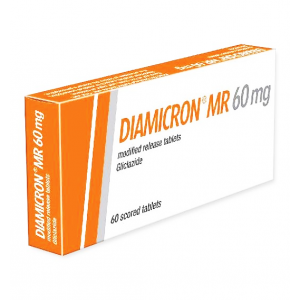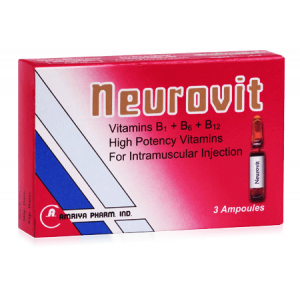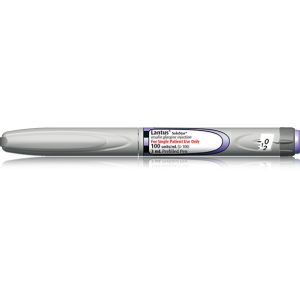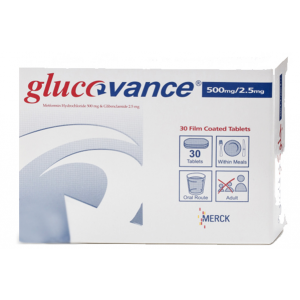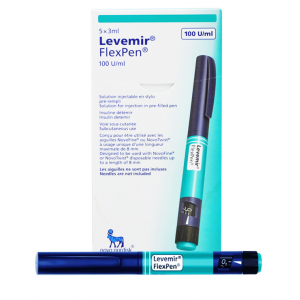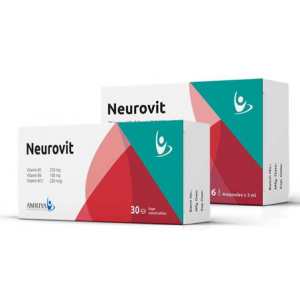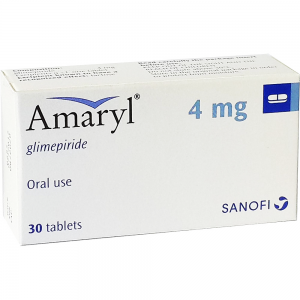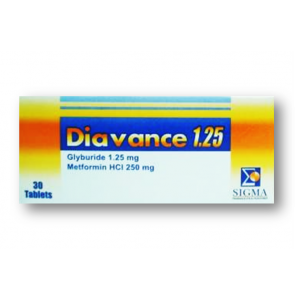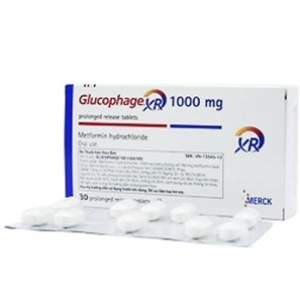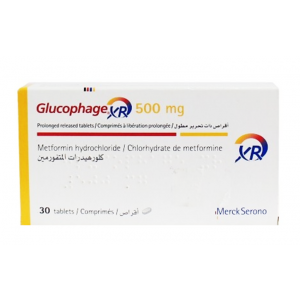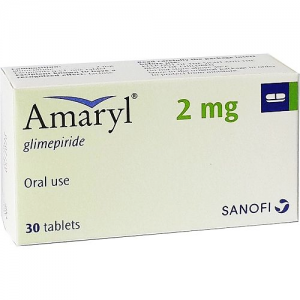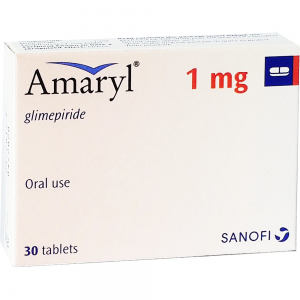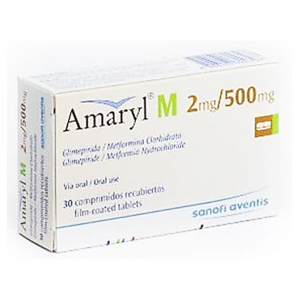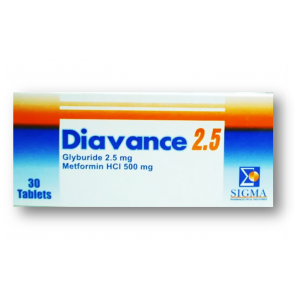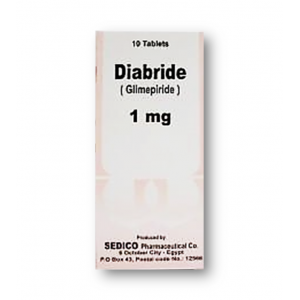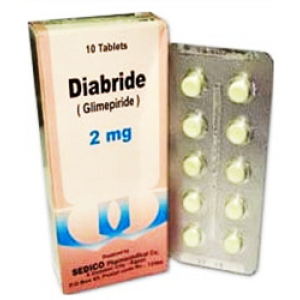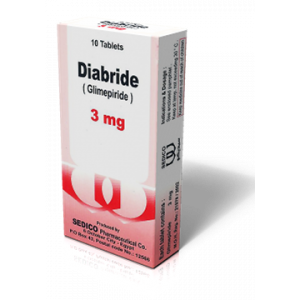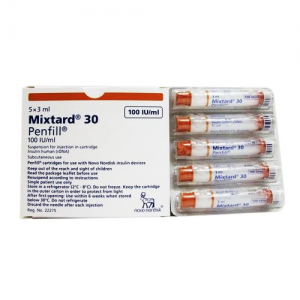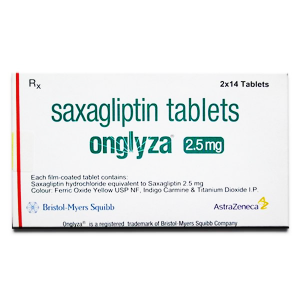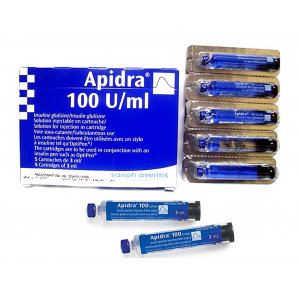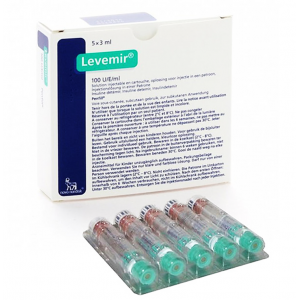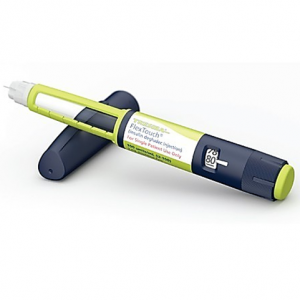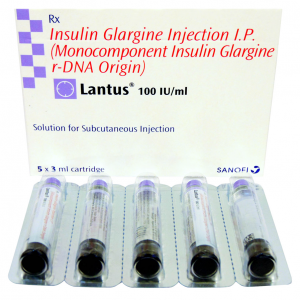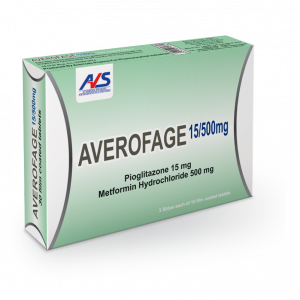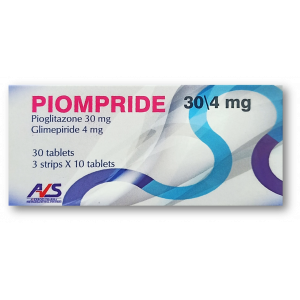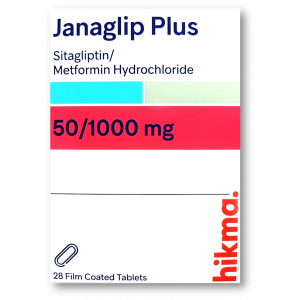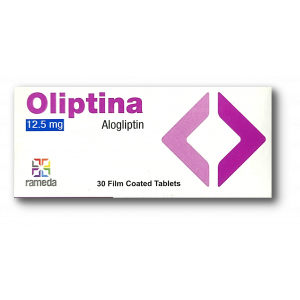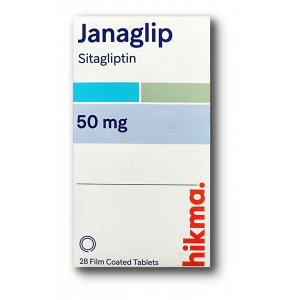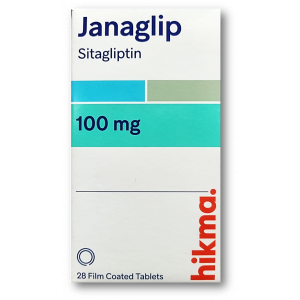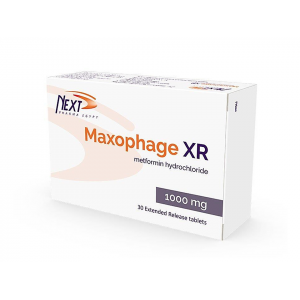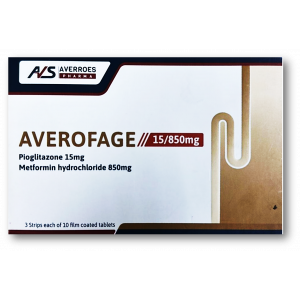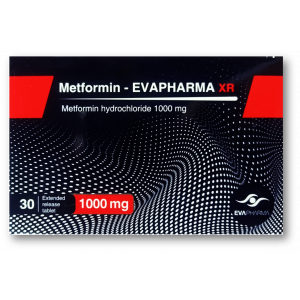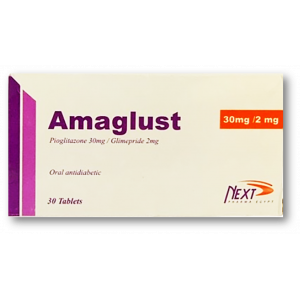- Anti-hestaminic & Respiratory Drugs (21)
- Anti-inflammatory Drugs (181) +-
- Baby & Mom (1314) +-
- Baby & Mom > Bath, skin & Hair > Skin Care > wibes (53)
- Beauty (2723) +-
- Beauty > Skin Care > whitening (273)
- Chemotherapy & Immune Response (659) +-
- Chemotherapy & Immune Response > ANTI-FUNGAL (5)
- Chemotherapy & Immune Response > Chemotherapeutic Agents > Hormone Antagonists >Enzyme Inhibitors (235)
- CIRCULATORY DISTURBANCE AGENTS (23)
- Diet & Fitness Products (248) +-
- DRUG AFFECTING CENTRAL NERVOUS SYSTEM (183)
- Drugs affecting CNS >Anti- epileptic (78)
- HEMATOLOGY (12)
-
Medical Supplies (468)
+-
- Chemicals & Disinfectants (19)
- Dental Supplies (27)
- Devices & Instruments (8)
- Diabetic Supplies (107)
- General Medical Supplies (21)
- I.V & Medical Solution (0)
- Intensive Care Unit & Anesthesia Supplies (0)
- Kindney Unit Supplies (12)
- Lab Supplies (1)
- Miscellaneous (21)
- Neonatal Unit Supplies (0)
- Operation Room Supplies (2)
- Sanitary (5)
- Sterilization Supplies (0)
- Surgical Sutures (4)
- Syringes (3)
-
Medicines & Health (2535)
+-
- Allergy & Sinus (93)
- Children's Health Care (52)
- Cough, Cold & Flu (297)
- Digestive Health & Nausea (218)
- Ear, Nose & Throat Care (174)
- Eye Care (117)
- Feminine Care (315)
- Foot Care (4)
- Orthopaedic Appliances (0)
- Pain Relief & Management (227)
- Pill Organizer (2)
- Skin Treatments (734)
- Sleep & Snoring Aids (0)
- Support & Braces (6)
- Medicines & health > Gout releif (42)
- Natural & Organic Products (82) +-
- OTC > Analgesics > Anti-inflammatory Drugs (43)
-
Personal Care (3044)
+-
- Bath & Body (256)
- Deodorant & Anti-perspirants (179)
- Ear, Nose & Throat Care (169)
- Eye Care (123)
- Feminine Care (362)
- Foot Care (12)
- Hair Care (388)
- Home Tests & Monitorings (14)
- Incontinence (7)
- Lip Care (20)
- Massage & Relaxation (18)
- Natural & Organic Personal Care (7)
- Oral Care (81)
- Pregnancy & Fertility (60)
- Shaving & Grooming (67)
- Sun Care (67)
- Prescribtion drugs > cardiovascular system > Hypertention drugs (334) +-
-
Prescription Drugs (2988)
+-
- Analgesics (180)
- Cardiovascular System (347)
- Drugs Affecting Musculoskeletal System (62)
- Drugs Used In Infections (53)
- Ear & Nose Drugs (2)
- Endocrine System (157)
- Gastrointestinal Tract (232)
- Gastrointestinal Tract (214)
- GYNECOLOGY (2)
- Miscellaneous (6)
- NEPHROLOGY > URINARY SYSTEM > RENAL DISORDERS > URINARY TRACT DISORDERS (24)
- NEUROLOGY (210)
- Nutrients & Blood Electrolytes (2)
- prescription drugs > cardiovascular system >Anti-hypertensive drugs (78)
- Prescription Drugs > Gastrointestinal Tract > Hepatology > Liver treatment (57)
- Respiratory System (137)
- SKIN > NAILS > HAIR > TOPICAL PREPARATIONS (42)
- Vaccines (1)
- Sexual Wellness (258) +-
- strong anti-emetic & adjuvent used with anti-neoplastic (0)
- Vitamins & Minerals Supplements (1134) +-
Ex Tax: 35EGP
Example
You can return the product within 14 days of purchase.
ReturnsYou can return the product within 14 days of purchase.

Diavance 5 / 500 mg ( Glyburide / Meformin ) 30 film-coated tablets
Important warnings
FDA warning: Lactic acidosis
This drug has a black box warning. This is the most serious warning from the Food and Drug Administration (FDA). A black box warning alerts doctors and patients about drug effects that may be dangerous.
Glyburide/metformin can cause lactic acidosis. Don’t use this drug if you already have lactic acidosis. Lactic acidosis is a rare problem that happens when oxygen levels in your body drop. This leads to a buildup of lactic acid in your bloodstream. The condition can sometimes be fatal. Your risk of lactic acidosis may be higher if you have diabetes with kidney damage or heart failure.
Other warnings
Surgery or medical procedures warning: If you’re going to have surgery, magnetic resonance imaging (MRI), computerized tomography (CT) scan, or any other procedure, your doctor may temporarily stop your treatment with glyburide/metformin. Having procedures done that use radiocontrast dyes while taking this drug can cause kidney failure or lactic acidosis.
Sun sensitivity warning Glyburide/metformin can make your skin more sensitive to the sun. This means you’re more likely to get sunburned. While you’re taking this drug, use sunscreen and wear protective clothing whenever you’re in the sun. Don’t use sun lamps or tanning beds or booths.
Low blood sugar (hypoglycemia) warning: Glyburide/metformin can cause severe low blood sugar (hypoglycemia). This can cause seizures or fainting. It’s important to know how to spot and treat low blood sugar reactions as directed by your doctor. Symptoms may include:
shakiness
nervousness or anxiety
sweating, chills, and clamminess
irritability or impatience
confusion
rapid or fast heart rate
lightheadedness or dizziness
intense hunger
nausea
sleepiness
blurred or impaired vision
tingling or numbness in your lips or tongue
headaches
weakness or fatigue
If you don’t treat low blood sugar, you can have a seizure, pass out, and possibly develop brain damage. Low blood sugar can even be fatal. If you pass out because of a low sugar reaction or cannot swallow, someone will have to give an injection of glucagon to treat the low sugar reaction. You may need to go to the emergency room.
What is glyburide-metformin?
Glyburide/metformin is a prescription drug. It comes as an oral tablet.
Glyburide/metformin is not available as a brand-name drug. It’s only available as a generic drug. Generic drugs usually cost less than brand-name versions.
Glyburide/metformin is a combination of two drugs in a single form. It’s important to know about all the drugs in the combination because each drug may affect you in a different way.
Glyburide/metformin may be used as part of a combination therapy. This means you need to take it with other drugs to control your diabetes.
Why it’s used
Glyburide/metformin is used to treat type 2 diabetes.
How it works
Glyburide belongs to a class of drugs called sulfonylureas. Metformin belongs to a class of drugs called biguanides. A class of drugs is a group of medications that work in a similar way. These drugs are often used to treat similar conditions.
Glyburide and metformin work together to improve your blood sugar levels. Glyburide works by helping your body release more insulin. Metformin works by lowering the amount of sugar in your body.
Glyburide-Metformin side effects
Glyburide/metformin oral tablet doesn’t cause drowsiness, but it can cause other side effects.
More common side effects
The more common side effects that can occur with glyburide/metformin include:
diarrhea
nausea
upset stomach
dizziness
headache
metallic taste in your mouth
gas
If these effects are mild, they may go away within a few days or a couple of weeks. If they’re more severe or don’t go away, talk to your doctor or pharmacist.
Serious side effects
Call your doctor right away if you have serious side effects. Call 911 if your symptoms feel life-threatening or if you think you’re having a medical emergency. Serious side effects and their symptoms can include the following:
Allergic reaction. Symptoms can include:
skin rash
itching
hives
swelling of your face, lips, or tongue
trouble breathing
Low blood sugar (hypoglycemia). Symptoms can include:
confusion
increased hunger
dizziness
feeling anxious
sweating
shakiness
feeling cold
irritability
headache
blurred vision
fast heart rate
feeling faint or lightheaded
loss of consciousness
falling
unusual weakness or tiredness
Stomach problems. Symptoms can include:
upset stomach
stomach pain
Liver problems. Symptoms can include:
dark-colored urine
yellowing of your skin or the whites of your eyes
Flu-like symptoms. Symptoms can include:
fever
chills
sore throat
Lactic acidosis. Symptoms can include:
nausea
vomiting
muscle aches and pains
problems breathing
Slow or irregular heart rate
Unusual bleeding or bruising
Treating low blood sugar
If you have a low blood sugar reaction, you need to treat it.
For mild hypoglycemia (55–70 mg/dL), treatment is 15–20 grams of glucose (a type of sugar). You need to eat or drink one of the following:
3–4 glucose tablets
a tube of glucose gel
½ cup of juice or regular, non-diet soda
1 cup of nonfat or 1% cow’s milk
1 tablespoon of sugar, honey, or corn syrup
8–10 pieces of hard candy, such as lifesavers
Test your blood sugar 15 minutes after you treat the low sugar reaction. If your blood sugar is still low, repeat the above treatment.
Once your blood sugar is back in the normal range, eat a small snack if your next planned meal or snack is more than 1 hour later.
When to call the doctor
You should call your doctor if you are experience symptoms of low blood sugar or high blood sugar. If these symptoms are severe, call 911 or go to the emergency room.
Symptoms of low blood sugar include:
sweating
chills
feeling nervous or anxious
headaches
dizziness
shakiness
blurred vision
fast heart rate
seizures
loss of consciousness
loss of coordination
Symptoms of high blood sugar include:
frequent urination
feeling very thirsty or hungry
fatigue
blurred vision
bruises that heal slowly
tingling, pain, or numbness in your hands or feet
Disclaimer: Our goal is to provide you with the most relevant and current information. However, because drugs affect each person differently, we cannot guarantee that this information includes all possible side effects. This information is not a substitute for medical advice. Always discuss possible side effects with a healthcare provider who knows your medical history.
HEALTHLINE NEWSLETTER
Get our twice weekly Diabetes email
To help you stay on top of diabetes, we’ll send you actionable tips on eating wisely, news on research breakthroughs, and more.
Enter your email
Your privacy is important to us
Glyburide-metformin may interact with other medications
Glyburide/metformin oral tablet can interact with other medications, vitamins, or herbs you may be taking. An interaction is when a substance changes the way a drug works. This can be harmful or prevent the drug from working well.
To help avoid interactions, your doctor should manage all of your medications carefully. Be sure to tell your doctor about all medications, vitamins, or herbs you’re taking. To find out how this drug might interact with something else you’re taking, talk to your doctor or pharmacist.
Examples of drugs that can cause interactions with glyburide/metformin are listed below.
Pulmonary arterial hypertension (PAH) drug
You shouldn’t take bosentan and glyburide/metformin at the same time. Taking these medications together may damage your liver.
Antibiotics
You shouldn’t take gatifloxacin and glyburide/metformin at the same time. Taking these medications together can cause serious changes in your blood sugar.
Taking vancomycin with glyburide/metformin can increase your risk of lactic acidosis.
Drug for irregular heart rate
Taking dofetilide and glyburide/metformin together can increase your risk of lactic acidosis and irregular heart rate. If you take these drugs together, your doctor will carefully monitor you. Your dosage of either medication may need to be changed.
Blood thinner drugs
Using glyburide/metformin with blood thinners can affect how well your body responds to the blood thinner. If you’re taking these drugs together, your doctor will run tests to see how much your blood is clotting. You should watch for symptoms of high or low blood sugar if you’re starting or stopping blood thinners.
Examples of blood thinners include:
warfarin
Drug for cancer, rheumatoid arthritis, and psoriasis
Don’t take methotrexate and glyburide/metformin at the same time. Taking these medications together can cause methotrexate levels to increase in your body and become dangerous.
Drug for dry eyes
Taking cyclosporine with glyburide/metformin can increase the amount of cyclosporine in your body. If you take these drugs together, your doctor will monitor the level of cyclosporine in your body to make sure it’s not dangerous. They’ll adjust your dosage if needed. You’ll also be watched for signs of high blood sugar.
Drug for eye infections
Taking chloramphenicol with glyburide/metformin can cause low blood sugar.
Drug for reflux, nausea, and vomiting
If you’re taking metoclopramide with glyburide/metformin, your dosage of glyburide/metformin may need to be changed. This is done to make sure the drug is still controlling your blood sugar.
Antacids
Taking antacids with glyburide may cause increased effects of glyburide in your body. This can cause symptoms of low blood sugar. Examples of these drugs include:
cimetidine
ranitidine
Drugs for fungal or yeast infections
Taking antifungal medications with glyburide can increase the levels of glyburide in your body. This can cause symptoms of low blood sugar. Examples of these drugs include:
fluconazole
ketoconazole
Diuretics (water pills)
Taking diuretics can cause high or low blood sugar in people with diabetes. You should monitor your blood sugar regularly if you’re taking the medications together. Your doctor may change your dosage of glyburide/metformin or other diabetes medications.
Examples of diuretics include:
hydrochlorothiazide
triamterene
furosemide
bumetanide
Aspirin
Taking aspirin with glyburide/metformin may cause low blood sugar.
Drug for seizures and mood disorders
Taking lamotrigine with glyburide/metformin may cause low blood sugar.
High blood pressure medications
Taking these drugs with glyburide/metformin may cause low or high blood sugar. Examples of these drugs include:
reserpine
enalapril
lisinopril
losartan
nadolol
propranolol
clonidine
Drugs that treat depression
Taking these drugs with glyburide/metformin may cause low blood sugar. Examples of these drugs include:
fluoxetine
monoamine oxidase inhibitors (MAOIs), such as phenelzine and selegiline
Drug that treat infections and ulcers caused by H. pylori
Taking clarithromycin with glyburide/metformin may cause low blood sugar.
Drugs for tuberculosis
Taking these drugs with glyburide/metformin may cause low blood sugar. Examples of these drugs include:
rifabutin
rifampin
Corticosteroids
Taking these drugs with glyburide/metformin may cause high blood sugar. Examples of these drugs include:
prednisone
Antipsychotic drugs
Taking these drugs with glyburide/metformin may cause high blood sugar. Examples of these drugs include:
clozapine
olanzapine
aripiprazole
ziprasidone
Drug given after an organ transplant
Taking tacrolimus with glyburide/metformin may cause high blood sugar.
Hormone therapy or oral birth control pills
Taking these drugs with glyburide/metformin may cause high blood sugar. Examples of these drugs include:
estrogen
progesterone
Drugs for seizures
Taking these drugs with glyburide/metformin may cause high blood sugar. Examples of these drugs include:
phenytoin
fosphenytoin
Niacin
Taking niacin with glyburide/metformin may cause high blood sugar.
Sulfa drug
Taking zonisamide with glyburide/metformin can increase your risk of lactic acidosis.
Drug for heart failure and high blood pressure
amiloride
Drugs for hepatitis B virus and HIV
Taking lamivudine with glyburide/metformin can increase your risk of lactic acidosis.
Pain medication
Taking morphine with glyburide/metformin can increase your risk of lactic acidosis.
Drug for heart rhythm problems
Taking procainamide with glyburide/metformin can increase your risk of lactic acidosis.
Drug for urinary tract and other infections
Taking trimethoprim with glyburide/metformin can increase your risk of lactic acidosis.
Disclaimer: Our goal is to provide you with the most relevant and current information. However, because drugs interact differently in each person, we cannot guarantee that this information includes all possible interactions. This information is not a substitute for medical advice. Always speak with your healthcare provider about possible interactions with all prescription drugs, vitamins, herbs and supplements, and over-the-counter drugs that you are taking.
Glyburide-metformin warnings
This drug comes with several warnings.
Allergy warning
Glyburide/metformin can cause a severe allergic reaction. Symptoms may include:
trouble breathing
swelling of your throat or tongue
muscle aches
joint pain
If you develop these symptoms, call 911 or go to the nearest emergency room.
Don’t take this drug again if you’ve ever had an allergic reaction to it. Taking it again could be fatal (cause death).
Alcohol interaction warning
Drinking alcohol while taking glyburide/metformin can increase your risk of lactic acidosis. Alcohol may also lower your blood sugar levels and affect how well you can control your diabetes. You should limit how much alcohol you drink while you’re taking this drug.
Warnings for people with certain health conditions
For people with diabetic ketoacidosis: Don’t use glyburide/metformin if you have diabetic ketoacidosis. Diabetic ketoacidosis is a serious complication of diabetes that happens when your body makes high levels of the blood acids called ketones. This condition should be treated with insulin.
For people with type 1 diabetes: Don’t use glyburide/metformin for the treatment of type 1 diabetes. Glyburide works by increasing the amount of insulin your pancreas produces. In type 1 diabetes, the body no longer produces insulin, so glyburide won’t help.
For people with pernicious anemia: Metformin can decrease how well vitamin B-12 is absorbed. In rare cases, this can cause pernicious anemia. If you have a family history of pernicious anemia, a weakened stomach lining, or a specific autoimmune disease where the body attacks the lining of the stomach, you may have a greater risk of this type of anemia. You’ll be monitored for this condition while taking this drug. You’ll need to stop taking it if you develop pernicious anemia.
For people with heart problems: If you have a heart condition, your risk of lactic acidosis may be higher. Tell your doctor if you have heart disease or heart failure before you take glyburide/metformin.
For people with kidney problems: If you have kidney damage or kidney disease, you have a higher risk of developing lactic acidosis while on glyburide/metformin. You shouldn’t use this drug if you have severe kidney problems. Ask your doctor if this drug is safe for you.
For people with thyroid problems: Tell your doctor if you have a thyroid disorder because this affects how your body controls your blood sugar levels. Your doctor may need to change the dosage of your medications to help control your diabetes and thyroid better.
For people with polycystic ovarian syndrome (PCOS): Women with PCOS often have insulin resistance. Metformin can cause women to ovulate. You may get pregnant if you don’t use reliable forms of birth control.
For people with gastrointestinal problems: Tell your doctor if you have severe diarrhea, vomiting, an obstruction of your small or large intestine, or a stomach condition called gastroparesis. If you have any of these conditions, your body may not be able to control your blood sugar as well as it should. You doctor will monitor you closely and adjust your dosage if needed.
Warnings for other groups
For pregnant women: Glyburide/metformin is a pregnancy category B drug. This means two things:
Research in animals has not shown a risk to the fetus when the mother takes the drug.
There aren’t enough studies done in humans to show if the drug poses a risk to the fetus.
Talk to your doctor if you’re pregnant or planning to become pregnant. Animal studies do not always predict the way humans would respond. Therefore, this drug should only be used in pregnancy if clearly needed.
For women who are breastfeeding: Glyburide/metformin passes through breast milk and may cause serious effects in a breastfeeding child. Taking glyburide/metformin is not recommended if you’re breastfeeding. You and your doctor may need to decide if you’ll take glyburide/metformin or breastfeed.
For seniors: If you’re 65 years or older, you’re more likely to experience the low blood sugar effects of glyburide. This could lead to hypoglycemic reactions. Also, as you age, your kidneys may not work as well as they once did. If you have reduced kidney function, you may be at increased risk for metformin-related side effects, including lactic acidosis.
For children: The safety and effectiveness of glyburide/metformin haven’t been established in people younger than 18 years.
How to take glyburide-metformin
All possible dosages and forms may not be included here. Your dose, form, and how often you take it will depend on:
your age
the condition being treated
how severe your condition is
other medical conditions you have
how you react to the first dose
Dosage for type 2 diabetes
Generic: Glyburide/metformin
Form: oral tablet
Strengths: 1.25 mg/250 mg, 2.5 mg/500 mg, and 5 mg/500 mg
Adult dosage (ages 18–64 years)
Typical starting dosage: 1.25 mg/250 mg taken once or twice per day with meals.
Dosage adjustments: Your doctor may increase your dosage by 1.25 mg/250 mg every two weeks until your blood sugar is controlled.
Maximum dosage: 10 mg/2,000 mg.
Child dosage (ages 0–17 years)
A safe and effective dosage for children hasn’t been established.
Senior dosage (ages 65 years and older)
If you’re 65 years or older, you’re more likely to experience the low blood sugar effects of glyburide. This could lead to blood sugar levels that are too low.
Also, as you age, your kidneys may not work as well as they once did. If you have reduced kidney function, you may be at increased risk for metformin-related side effects, including lactic acidosis.
Disclaimer: Our goal is to provide you with the most relevant and current information. However, because drugs affect each person differently, we cannot guarantee that this list includes all possible dosages. This information is not a substitute for medical advice. Always speak with your doctor or pharmacist about dosages that are right for you.
Take as directed
Glyburide/metformin oral tablet is used for long-term treatment. It comes with serious risks if you don’t take it as prescribed.
If you miss doses or don’t take it at all: If you don’t take glyburide/metformin as prescribed by your doctor, your blood sugar levels won’t be controlled. This can lead to complications from diabetes, such as nerve damage, heart disease, stroke, and eye problems.
If you take too much: If you think you’ve taken too much of this drug, call your doctor or local poison control center. If your symptoms are severe, call 911 or go to the nearest emergency room right away.
Taking too much glyburide/metformin can lower your blood sugar and cause lactic acidosis.
Symptoms of hypoglycemia include:
shakiness
nervousness or anxiety
sweating, chills, and clamminess
irritability or impatience
confusion, including delirium
fast heart rate
lightheadedness or dizziness
hunger and nausea
sleepiness
blurred or impaired vision
tingling or numbness in your lips or tongue
headaches
weakness or fatigue
anger, stubbornness, or sadness
lack of coordination
nightmares or crying out in your sleep
seizures
unconsciousness
Symptoms of lactic acidosis include:
nausea
vomiting
muscle weakness
trouble breathing
What to do if you miss a dose: If you miss a dose of glyburide/metformin, take it as soon as you remember. If it’s almost time for your next dose, only take one dose at that time. Don’t take extra doses to make up for the missed dose.
How to tell if the drug is working: Your blood sugar levels should be lower.
Important considerations for taking glyburide-metformin
Keep these considerations in mind if your doctor prescribes glyburide-metformin for you.
General
Take glyburide/metformin with meals. Don’t skip meals.
Take this drug with water.
Storage
Store glyburide/metformin at room temperature between 59°F and 77°F (15°C and 25°C).
Don’t freeze glyburide/metformin.
Keep this drug away from light and high temperatures.
Don’t store this medication in moist or damp areas, such as bathrooms.
Refills
A prescription for this medication is refillable. You should not need a new prescription for this medication to be refilled. Your doctor will write the number of refills authorized on your prescription.
Travel
When traveling with your medication:
Always carry your medication with you. When flying, never put it into a checked bag. Keep it in your carry-on bag.
Don’t worry about airport X-ray machines. They can’t harm your medication.
You may need to show airport staff the pharmacy label for your medication. Always carry the original prescription-labeled container with you.
Don’t put this medication in your car’s glove compartment or leave it in the car. Be sure to avoid doing this when the weather is very hot or very cold.
Self-management
While taking this medication, you’ll likely need to test your blood sugar level at home. You’ll need to learn how to do the following:
use a blood glucose monitor to test your blood sugar regularly
recognize the symptoms of high and low blood sugar
treat low and high blood sugar reactions
In addition to the medication, you may also need:
a safe needle disposal container
alcohol swabs
lancets to prick your finger to test your blood sugar
blood sugar test strips
a blood glucose monitor
While taking this drug, be sure to carry with you a quick source of sugar, such as hard candy or glucose tablets. These items can help if you have symptoms of low blood sugar.
Clinical monitoring
Before and during your treatment with glyburide/metformin, your doctor may check your:
blood sugar levels
glycosylated hemoglobin (A1C) levels (your doctor will do a test to measure your blood sugar control over the last 2–3 months)
liver function
kidney function
heart function
thyroid function
Your diet
Glyburide/metformin is used to treat type 2 diabetes along with diet and exercise. Ask your doctor about how you should change your eating habits.
Sun sensitivity
Glyburide/metformin can make your skin more sensitive to the sun. This increases your risk of sunburn. Use sunscreen and wear protective clothing whenever you’re in the sun. Don’t use sun lamps or tanning beds or booths.
Hidden costs
In addition to the medication, you may also need to purchase:
a safe needle disposal container
alcohol swabs
lancets to prick your finger to test your blood sugar
blood sugar test strips
a blood glucose monitor
Are there any alternatives?
There are other drugs available to treat your condition. Some may be better suited for you than others. Talk to your doctor about other drug options that may work for you.
Disclaimer: Healthline has made every effort to make certain that all information is factually correct, comprehensive, and up-to-date. However, this article should not be used as a substitute for the knowledge and expertise of a licensed healthcare professional. You should always consult your doctor or other healthcare professional before taking any medication. The drug information contained herein is subject to change and is not intended to cover all possible uses, directions, precautions, warnings, drug interactions, allergic reactions, or adverse effects. The absence of warnings or other information for a given drug does not indicate that the drug or drug combination is safe, effective, or appropriate for all patients or all specific uses.
Write a review
Your Name:Your Review: Note: HTML is not translated!
Rating: Bad Good
Enter the code in the box below:

